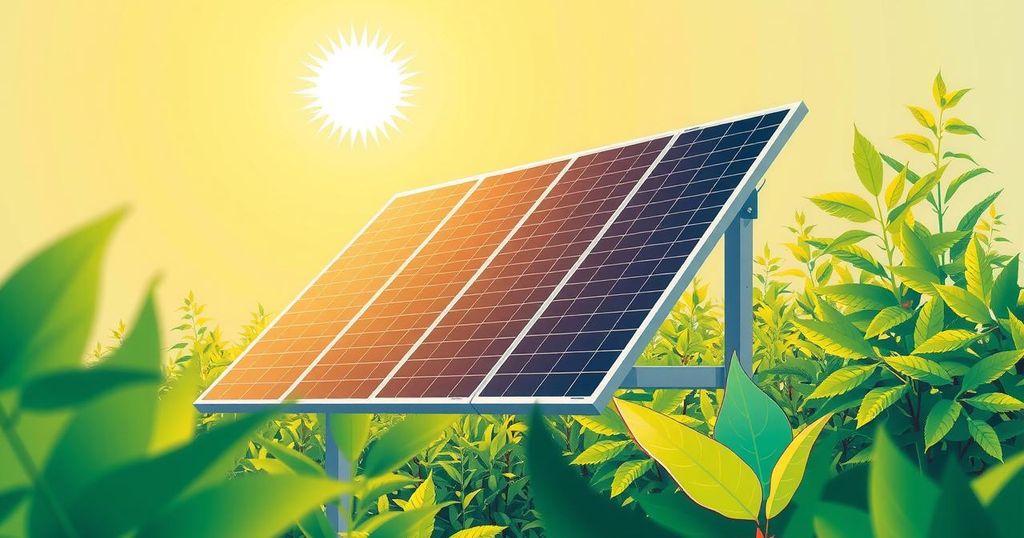Starlink has become Nigeria’s second-largest ISP as of Q4 2024, with a growing user base reaching 65,564 subscribers due to the demand for high-speed connectivity. Meanwhile, Spectranet remains the market leader despite losing subscribers. Starlink’s performance is accompanied by regulatory and pricing challenges, but its technology offers advantages in delivering reliable internet access.
Starlink, operated by SpaceX, has emerged as Nigeria’s second-largest internet service provider (ISP), surpassing FiberOne Broadband Limited as of Q4 2024, based on data from the Nigerian Communications Commission (NCC). The user base of Starlink has experienced significant growth, swelling from 23,897 subscribers in 2023 to 65,564 by the end of 2024, reflecting a surging demand for high-speed internet, offering speeds of up to 250 Mbps, considerably outpacing local ISPs.
In contrast, Spectranet has retained its position as the market leader, despite a decline in subscribers from 113,869 at the end of 2023 to 105,441 in Q3 2024, representing a net loss of 8,428 users. Notably, Spectranet’s subscriber count remained stable in Q4. Unlike Starlink’s satellite approach, Spectranet relies on fiber and terrestrial wireless technologies, which incur significant costs related to infrastructure such as right-of-way fees and tower installations.
The expansion of Starlink follows a growing trend of consumer dissatisfaction with the quality of internet services provided by local mobile operators and ISPs. Starlink’s ongoing global satellite expansion enhances service reliability while delivering faster speeds and lower latency. By February 2025, SpaceX had successfully launched 8,039 Starlink satellites, with 7,082 remaining in orbit and 7,049 operational.
Ladi Okuneye, the CEO of UniCloud, an ISP, remarked on Starlink’s rise as Nigeria’s second-largest ISP, stating, “It makes sense. Satellite technology’s ubiquitous nature means you can connect a customer today in Ikoyi and another in Ikot Ekpene without being restricted by the geographical limitations.”
In December 2024, Starlink increased its monthly subscription rate in Nigeria, raising the standard residential service fee from ₦38,000 to ₦75,000. This adjustment affected new clients, while existing customers were scheduled for the new rate transition on January 27, 2025. Due to the rising demand, Starlink decided to postpone the fee hike.
This was not the initial occasion Starlink encountered pricing challenges in Nigeria. In October 2024, the NCC stopped an earlier attempt to raise tariffs, asserting that the company had not adhered to regulatory procedures. The commission subsequently approved the tariff increase on February 4, 2024, enabling telecom operators to adjust their pricing, although Starlink has not yet enacted this adjustment compared to operators like MTN Nigeria and Airtel Nigeria.
Despite its rapid growth, Starlink faces some constraints, including service use being limited to fixed locations, complicating connectivity for mobile users. In 2024, Starlink began implementing satellite-to-phone connectivity to address mobile dead zones; however, this service has not yet reached Africa. As the demand for reliable internet escalates, Starlink’s increasing footprint in Nigeria indicates a transformative shift in the nation’s broadband framework, although regulatory, pricing, and mobile connectivity challenges could significantly influence its future success.
In summary, Starlink has rapidly ascended to become Nigeria’s second-largest ISP, driven by increasing consumer demand for high-speed internet services. Its growth underscores the challenges faced by traditional ISPs, particularly in a landscape marked by consumer dissatisfaction. While regulatory and pricing issues present challenges, Starlink’s innovative satellite technology offers significant advantages that may reshape Nigeria’s internet market in the future.
Original Source: techcabal.com




